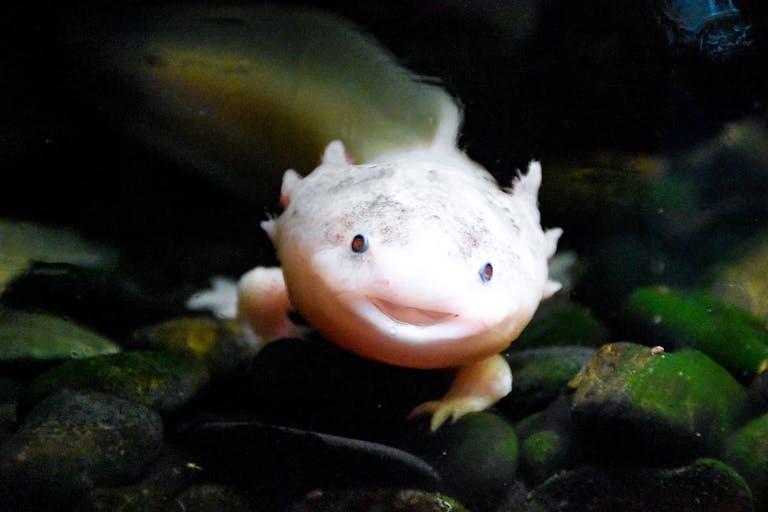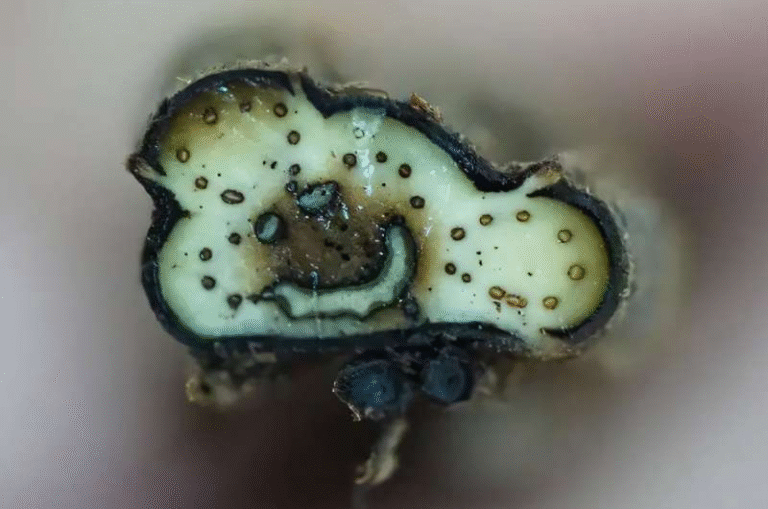What Dinosaur Teeth Reveal About Jurassic Life
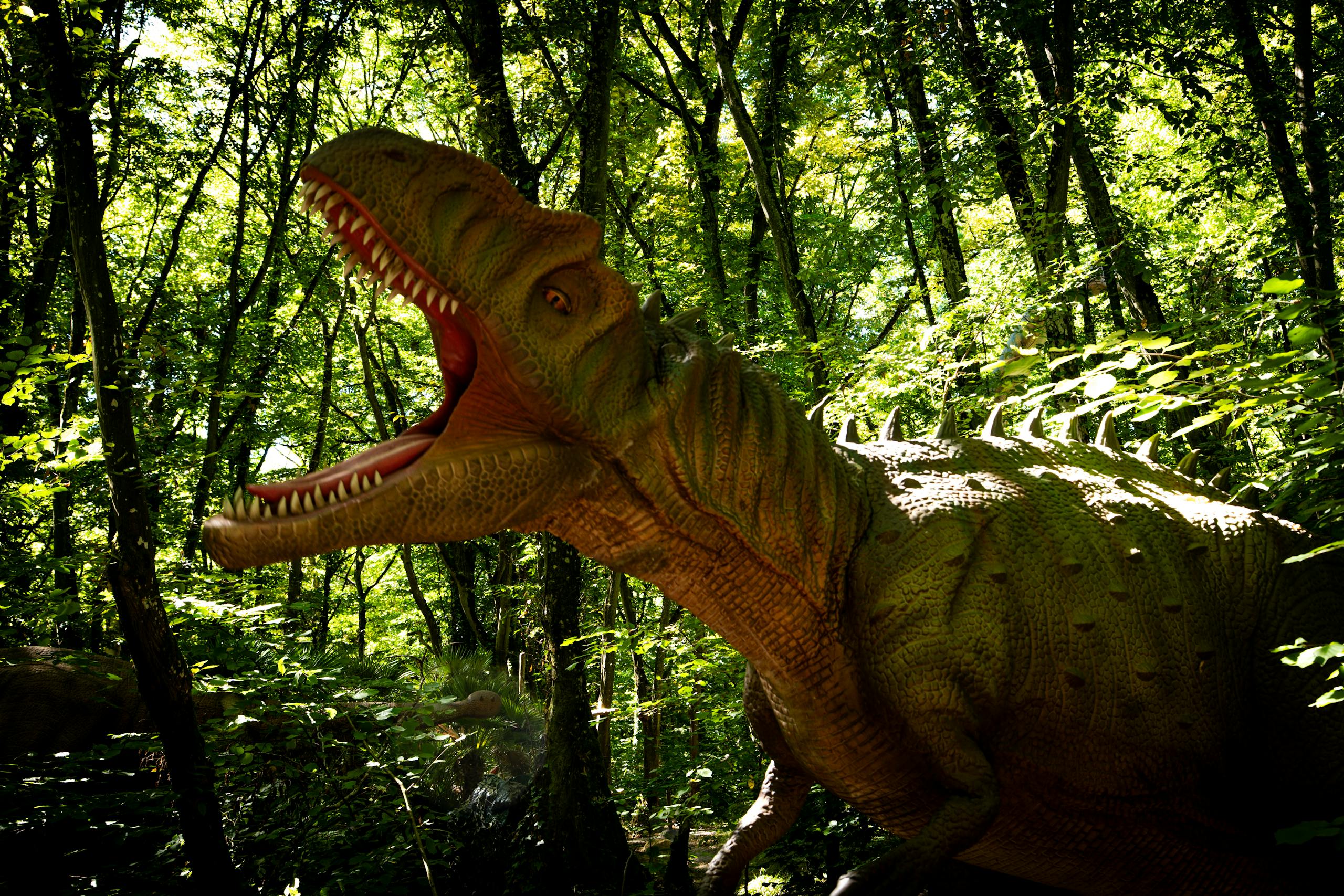
When we think of dinosaurs, towering skeletons and fossilized footprints usually come to mind. But sometimes, it’s the smallest details that tell the biggest stories.
A new study has shown that microscopic scratches on sauropod teeth—those long-necked giants of the Jurassic—can unlock secrets about their diets, migration, and even how they shared their environments 150 million years ago.

Teeth as Time Capsules
An international team of researchers, led by Dr. Daniela Winkler of Kiel University, turned to Dental Microwear Texture Analysis (DMTA) to get answers. This technique, originally developed to study mammals, examines the tiniest patterns etched into tooth enamel. These scratches, invisible to the naked eye, are created when food meets teeth, offering a direct record of what a dinosaur ate in its final days or weeks.
By scanning 322 sauropod teeth in high-resolution 3D, the team studied fossils from three legendary sites: the Lourinhã Formation in Portugal, the Morrison Formation in the U.S., and the Tendaguru Formation in Tanzania. Altogether, 39 dinosaurs were represented—each leaving behind a dental diary of Jurassic life.
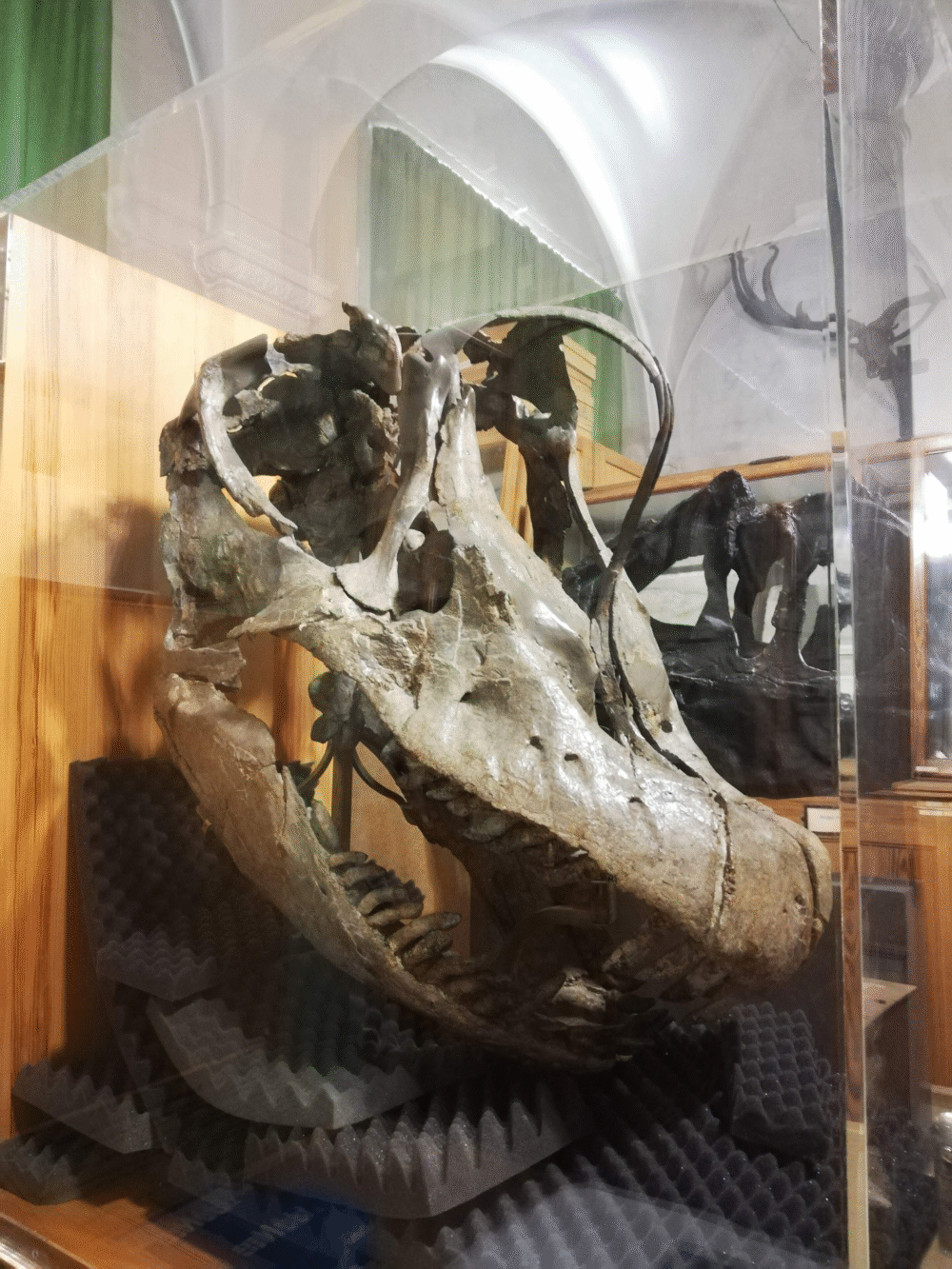
Not All Dinosaurs Ate Alike
The analysis revealed that not all sauropods followed the same menu. For example, the flagellicaudatans—a group that includes the well-known Diplodocus—showed highly variable wear patterns. This suggests they were generalist feeders, able to munch on a wide range of plants depending on what was available.
In contrast, Camarasaurus fossils from both Portugal and the U.S. showed remarkable consistency in wear marks. Despite living in regions with strong seasonal climates, these dinosaurs seemed committed to the same preferred food sources year-round. The best explanation? Seasonal migration. These giants may have roamed across landscapes to find familiar meals, much like today’s elephants or wildebeests.
Then there were the titanosauriforms of Tanzania. Their teeth were much more heavily worn, full of scratches that hinted at an abrasive diet. Why? The Tendaguru Formation was influenced by nearby deserts, where winds carried quartz sand that settled on plants. Imagine munching on leaves sprinkled with sandpaper—that’s essentially what these dinosaurs endured.
Climate Was the Key
One of the most striking findings was that climate, not just plant variety, shaped sauropod diets. Teeth from Tanzania consistently showed heavier wear compared to those from Portugal or the U.S., pointing to how environmental conditions influenced what and how these giants ate. In other words, the Jurassic world wasn’t just about which plants grew where—it was also about how weather and geography shaped survival strategies.
More Than Just Dinosaurs’ Diets
This study doesn’t just reveal what sauropods ate; it opens a window into broader paleoecology. It shows how species avoided direct competition by carving out unique niches—whether through migration, diet specialization, or adapting to gritty food supplies. These patterns mirror ecological principles we still see today.
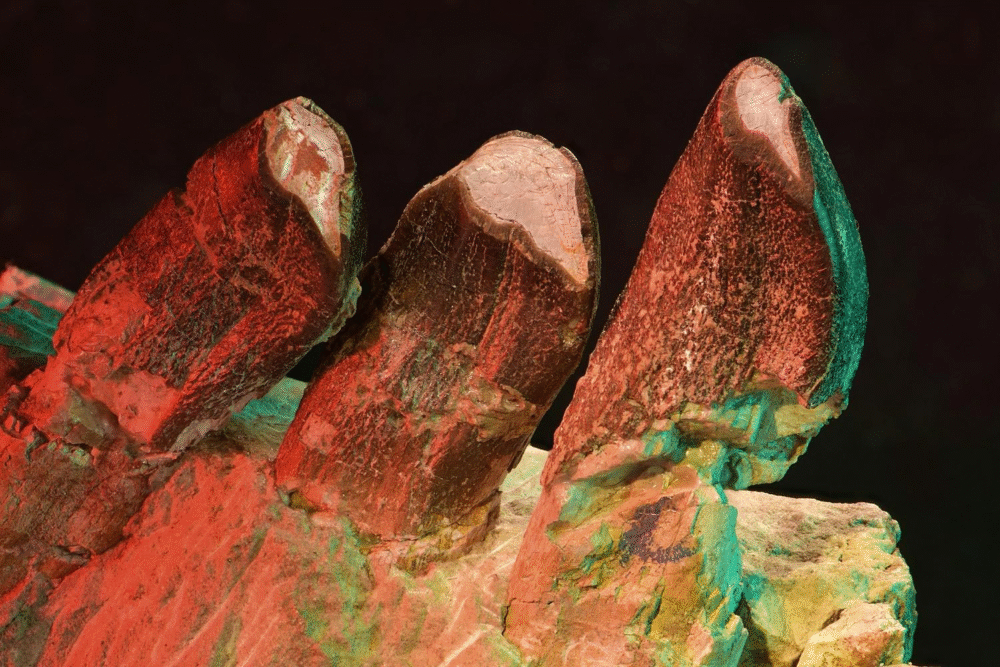
Photo credit: Jan Kersten, Freie Universität Berlin, Department of Paleontology.
And the research is only just beginning. The team hopes to explore how juveniles differed from adults, or how dwarf species like Europasaurus adapted to isolated island environments. Each new fossil tooth is like another page in a long-lost history book, waiting to be read.
A Peek Into Ancient Behavior
What makes this research so exciting is that it transforms dinosaurs from static skeletons into living, breathing creatures with distinct behaviors. Migration, dietary preferences, and adaptation strategies all become visible through these microscopic clues. As technology improves, we’ll continue to sharpen our picture of how these animals actually lived, not just how they looked.
So next time you picture a towering sauropod, don’t just imagine its massive neck sweeping through Jurassic forests. Picture the sand on its food, the miles it may have traveled for its favorite plants, and the scratches on its teeth that still tell their story today.
